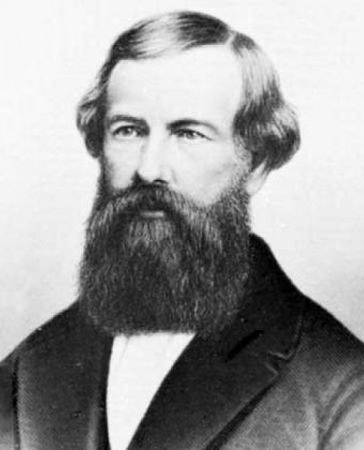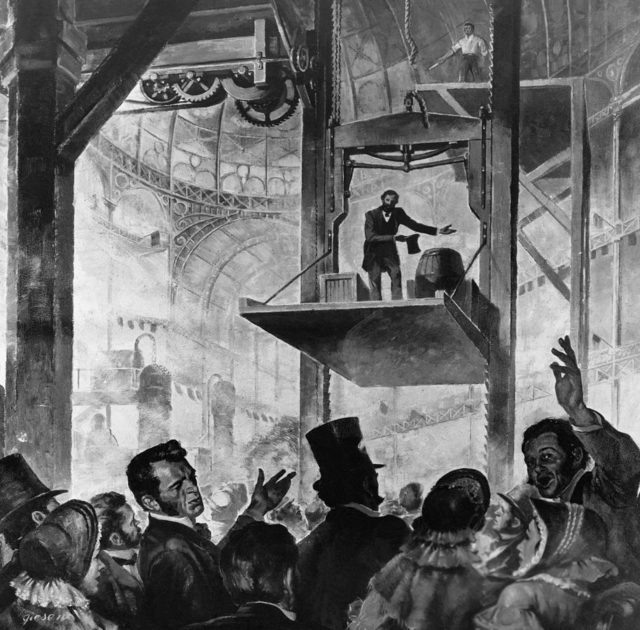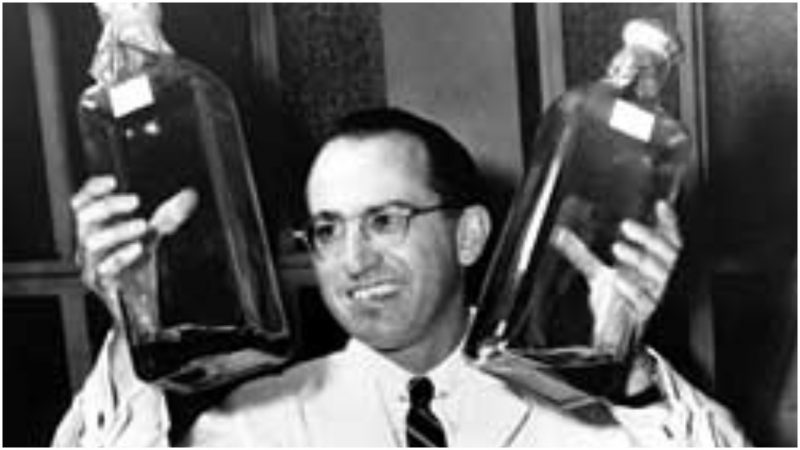There are many things in our daily life that we simply take for granted. In fact, we don’t even care about this stuff.
Take for example elevator brakes, or airbags found in our cars to save us in the case of a car crash. Most of these things were once only ideas, solutions that came out of the minds of great thinkers. Moreover, it took those thinkers a great deal of courage, boldness, and plenty of time experimenting to reach the final result.
Gordon Giesbrecht
Dr. Giesbrecht is a professor of thermophysiology at the University of Manitoba and is best noted for his significant work on the cold physiology.
As a scientist and researcher, Giesbrecht has defended the fact that most deaths caused by cold-water immersion are not due to hypothermia, but on the contrary, as he had argued, most deaths occur rather earlier due to the cold shock response of the body. In other words, that would be gasping and hyperventilation, as well as cold incapacitation because of the cooling of muscles and nerve fibers. Consequently, Dr. Gordon has coined the so-called ‘1-10-1 principle’, an easy way to memorize the three phases of cold water immersion and the approximate time that each one should take.

He introduced this principle on February 19th, 2004 on “Late Night With David Letterman“, asserting: “If you fall in ice water, do not panic and remember you have 1 MINUTE to get control of your breathing, 10 MINUTES of meaningful movement, and 1 HOUR before you become unconscious due to hypothermia.”
The fascinating part is that before concluding the simple principle, Dr. Gisebrech had successfully managed to lower his body temperature to less than 95 degrees, which equals to stage 2 hypothermia (at stage 3, it’s over – you die). He reportedly tried this principle for 33 times, which has eventually earned him the nickname “Dr. Popsicle”.
Jonas Salk
Jonas Salk was an American virologist and visionary, and thanks to him the world got the very first safe and efficient polio vaccine. The polio was widely spreading during the mid-1900s, severely affecting entire populations.

By primarily using the National Foundation for Infantile Paralysis (later known as March of Dimes) as a fund for his research, Salk was able to work on the polio vaccine trials whole-heartedly. In 1952, following a successful testing of the vaccine on thousands of monkeys, he was confident enough to inject the cure into himself.
After that, he courageously injected the vaccine to his family members: his wife and their three children. It turned out that the vaccine worked pretty well and Salk went on to announce the accomplishment of the first human test over the radio on March 26th, 1953.
During the next year, the polio vaccine clinical trial turned out to be one of the biggest public health experiment in US history. By the summer of 1954, approximately 1.8 million people, among which hundreds of thousands of schoolchildren, underwent the polio vaccination. On April 12th, 1955, Salk’s vaccine was endorsed and declared as “safe, effective and potent” to use.
Elisha Graves Otis
Elisha Otis was an American industrialist born in 1811, near Halifax, Vermont. He was the founder of the Otis Elevator Company and the inventor of the elevator brake.

His lasting accomplishment took place when he was 40. While cleaning up the factory where he worked, Otis started to wonder how he could possibly get all the debris to the upper levels of the factory. Otis had heard about hoisting platforms, however, he knew that these often broke so he was reluctant to take any risks. Along with his sons, Otis worked on their own design of “safety elevator”. They tested it and it was a success.
At first, he neither patented the invention nor attempted to sell it. It was later that Otis took the opportunity and made an elevator company out of it, which was initially named “Union Elevator Works.” The business struggled in the first couple of months, but soon after, there was a great chance to endorse the invention publicly, at the 1854 New York World’s Fair. To suitably demonstrate, Otis offered himself as a human experiment.

At the Crystal Palace, he astounded a crowd when he ordered the only rope holding the platform on which he was standing cut. The rope was severed with an axe, and the platform fell just a few inches before stopping. The safety mechanism worked out pretty well, and people accepted the usage of traction elevators.
After some time, these types of elevators became the model in most common usage and helped out the making of present-day skyscrapers possible. Construction workers were able to use cranes and other hoisting platforms at ease, without fearing that their life will end if something goes wrong. Sadly, Otis suffered from diphtheria epidemic and passed away in 1861, before he could actually witness the brilliant outcome of his invention.
Lawrence Patrick
In the 1940s, there was neither information about what the human body could withstand, nor anything similar to a crash test dummy. The Detroit Wayne State University appeared to be as one of the first educational institutions to conduct some more serious research concerning data collecting about the impact of high-speed collisions on the human body. Which brings us to another name on this list – Lawrence Patrick.
Patrick acted as a research director at the Wayne State University, he was also a professor there from 1958 until 1976, and in 1965 became director of the Wayne State Biomechanics Research Center as well. As a courageous researcher and a scientist, he, in fact, risked his life by volunteering to various types of impact tests.

Reportedly, he took hits in the chest from 10 kg weight to evaluate his rib-cage. He further rode on a rocket sled over 400 times to reach conclusions about the deceleration of the human body, and he had deadweights dropped on his cheeks to find out how fracture mechanisms worked.
Read another story from us: Montgolfier brothers- the inventors of the hot-air balloon
Can you only imagine the infinite bruises, the broken ribs or fingers, and other fractures that eventually Patrick gained as being human crash test dummy? The collected data was then used to specify the standard for almost all safety measures employed in cars, which in turn, have saved countless lives. Thanks to Patrick, we got air bags and automobile safety tests. For his contributions, he had received numerous academic and industry honors. Lawrence died of Parkinson’s Disease in 2006, at the age of 85.
